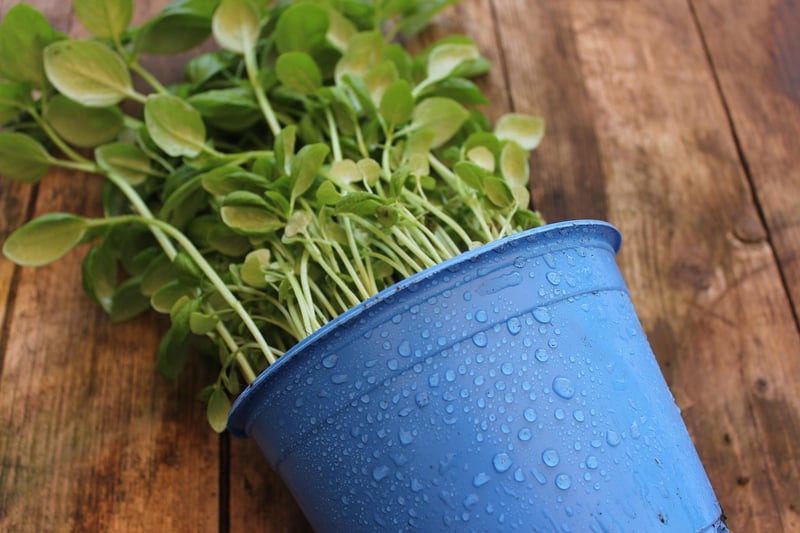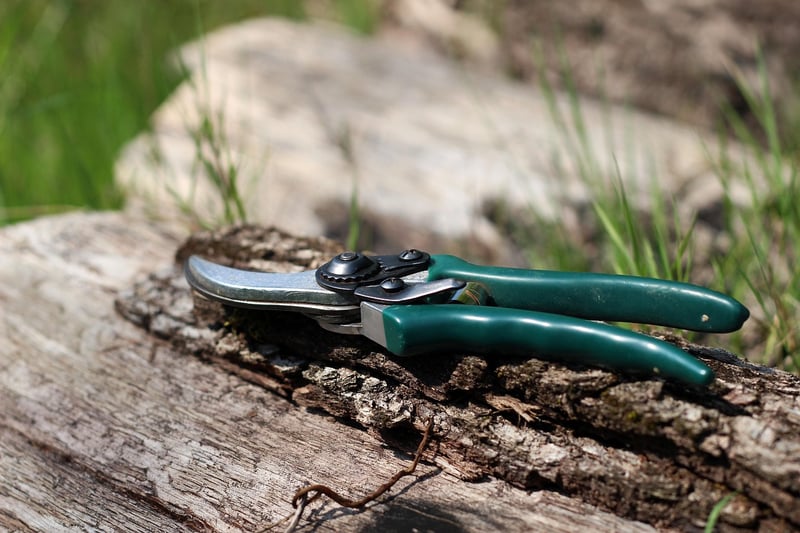Pruning Techniques
Guidance for Healthy Plants and Pruning Techniques
Introduction to Plant Care
Having healthy plants not only adds beauty to your surroundings but also contributes to a better quality of life. Proper care and maintenance are essential for the well-being of your plants.
Tips for Healthy Plants
- Choose the right plant for the right place based on sunlight and water requirements.
- Water your plants appropriately, ensuring they are neither over-watered nor under-watered.
- Provide adequate drainage for your plants to prevent waterlogging.
- Fertilize your plants regularly with a balanced fertilizer to ensure proper growth.
- Inspect your plants regularly for pests and diseases, and take necessary action promptly.
- Prune your plants to promote growth, improve flowering, and maintain their shape.
Pruning Techniques
Pruning is a vital aspect of plant care that involves the selective removal of specific parts of a plant to benefit its overall health. Here are some essential pruning techniques:
1. Deadheading
Removing spent flowers encourages new blooms and prevents the plant from putting energy into seed production.
2. Thinning
Thinning involves removing entire branches to improve air circulation and allow sunlight to reach inner parts of the plant.
3. Heading Back
Heading back entails cutting back a portion of a branch to stimulate new growth and maintain the plant's shape.
4. Rejuvenation Pruning
Rejuvenation pruning is a more drastic technique that involves cutting back the entire plant to stimulate new, vigorous growth.
Conclusion
By following these tips for healthy plant care and mastering essential pruning techniques, you can ensure that your plants thrive and enhance the beauty of your indoor or outdoor space.


